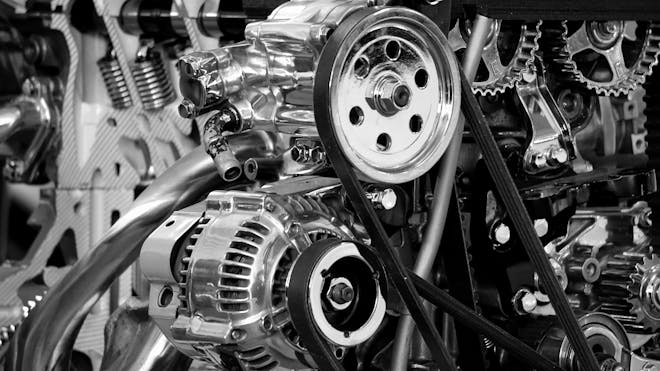Reverse Sear Mastery with Cast Iron Skillet
When it comes to preparing the perfect steak, the cast iron reverse sear method stands out for its ability to produce a beautifully cooked interior and a crisp, flavorful crust. This technique involves slowly cooking the steak at a low temperature before finishing it off with a high heat sear.
The Fundamentals of Cast Iron Reverse Sear
Understanding the reverse sear technique is essential for any steak aficionado. It’s a two-step process that begins with cooking the steak at a low temperature in the oven or on a cooler part of the grill. This approach ensures that your steak reaches the desired internal temperature without overcooking. The second step involves transferring the steak to a preheated cast iron skillet to create a savory, caramelized crust.
Choosing the Right Cut for Reverse Sear
Thicker cuts of steak, typically at least 1.5 inches thick, are ideal for reverse searing. These cuts include ribeye, porterhouse, T-bone, and filet mignon. The thickness allows for a stark contrast between the tender interior and the crisp exterior.
Preparation: Seasoning and Initial Cooking
Before you begin, liberally season your steak with salt and pepper. If you have the time, let it rest at room temperature for about 30 minutes. Preheat your oven or grill to a low temperature, around 200-275°F (93-135°C), place the steak on a rack over a baking sheet, and cook until it’s about 10-15°F (5-8°C) below your desired final temperature.
The Cast Iron Sear
Once your steak has reached the target temperature, heat a cast iron skillet over high heat until it’s smoking hot. Add a high-smoke-point oil, such as canola or grapeseed, and sear the steak for about 1-2 minutes per side. This will create the coveted Maillard reaction, which gives steak its delicious crust.
Resting Your Steak
After searing, it’s crucial to let your steak rest for about 10 minutes. This allows the juices to redistribute throughout the meat, ensuring a juicy and flavorful bite.
Why Cast Iron Skillets are Ideal for Reverse Searing
Cast iron skillets are the perfect tool for reverse searing due to their excellent heat retention and distribution properties. They can withstand high temperatures and maintain heat, providing a consistent sear across the steak’s surface. Moreover, the skillet’s material contributes to the flavor profile, adding depth to the crust that’s hard to achieve with other cookware.
Final Touches: Butter Basting
For an added layer of flavor, consider butter basting your steak during the final minutes of searing. Add butter, herbs, and garlic to the skillet and continuously spoon the melted butter over the steak. This step infuses the steak with aromatic flavors and adds to the richness of the dish.
Temperature and Timing Guidelines
To achieve the perfect doneness, use a meat thermometer to check the steak’s internal temperature. Here are the general guidelines:
- Rare: 120-130°F (49-54°C)
- Medium Rare: 130-135°F (54-57°C)
- Medium: 135-145°F (57-63°C)
- Medium Well: 145-155°F (63-68°C)
- Well Done: 155°F+ (68°C+)
Your cast iron reverse sear steak is now ready to be enjoyed. Pair it with your favorite sides, like roasted vegetables or a fresh salad, and a glass of robust red wine for a truly indulgent meal.
